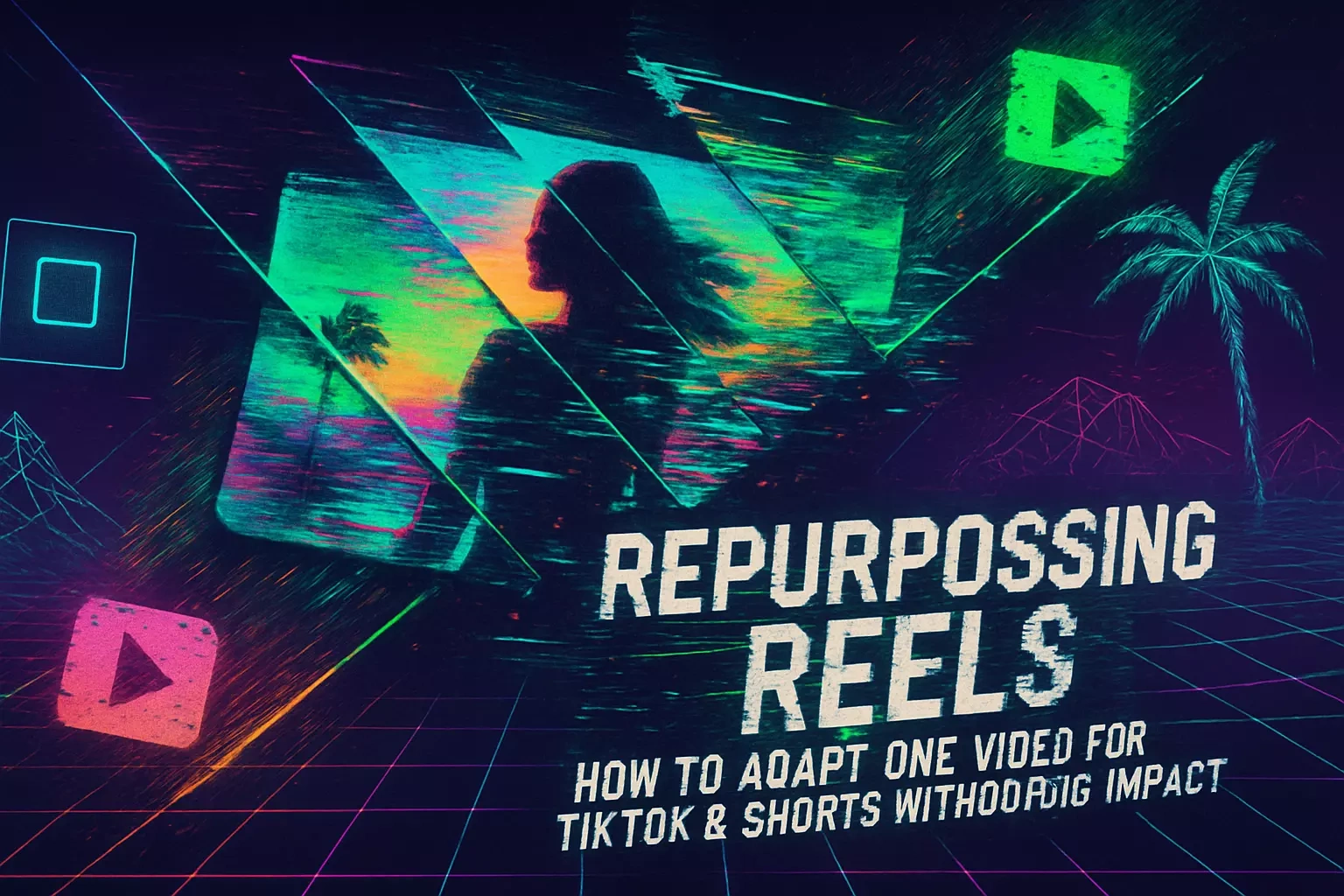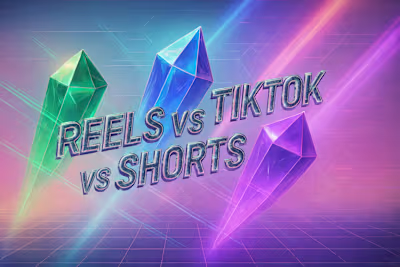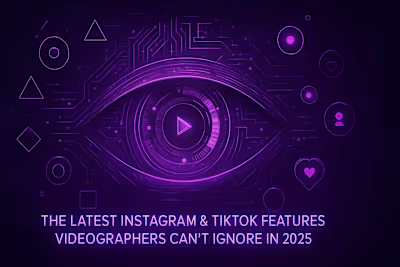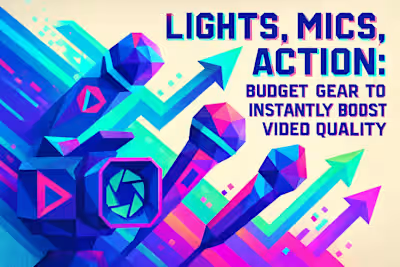Repurposing Reels: How to Adapt One Video for TikTok & Shorts Without Losing Impact

Repurposing Reels: How to Adapt One Video for TikTok & Shorts Without Losing Impact
The 'Base Video' Concept: Shooting with Repurposing in Mind
Filming in 9:16 and Editing in a Third-Party App
Mind the 'Safe Zones'
Platform-Specific Customization: The Devil is in the Details
Adapting for Instagram Reels
Adapting for TikTok
Adapting for YouTube Shorts
The Watermark Problem (and How to Solve It)
Why You Must Post Watermark-Free
Tools and Workflows for Clean Exports
Streamlining Your Repurposing Workflow
Creating Batched Content
Using B-Roll for Maximum Mileage
Conclusion
References
Repurposing Reels: How to Adapt One Video for TikTok & Shorts Without Losing Impact
The 'Base Video' Concept: Shooting with Repurposing in Mind
Filming in 9:16 and Editing in a Third-Party App
Mind the 'Safe Zones'
Platform-Specific Customization: The Devil is in the Details
Adapting for Instagram Reels
Adapting for TikTok
Adapting for YouTube Shorts
The Watermark Problem (and How to Solve It)
Why You Must Post Watermark-Free
Tools and Workflows for Clean Exports
Streamlining Your Repurposing Workflow
Creating Batched Content
Using B-Roll for Maximum Mileage
Conclusion
References
Posted Jun 30, 2025
Shoot once, post everywhere? It's not that simple. Learn the strategic way to repurpose your video content for Reels, TikTok, and YouTube Shorts to maximize engagement on every platform.









